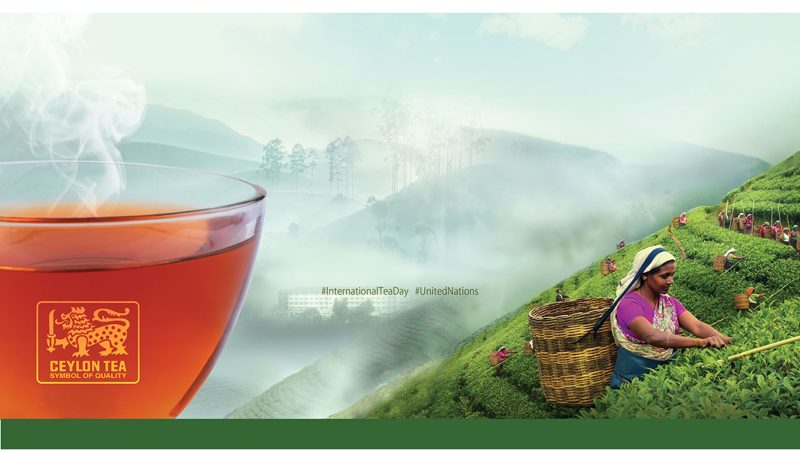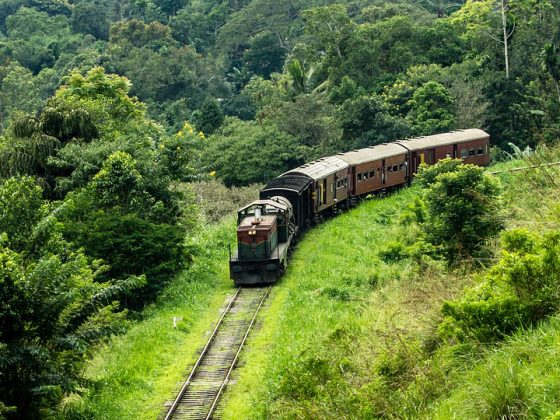You may regularly enjoy a cup of Ceylon Tea, but did you know how it came to be? Read on to find out its origin story which begins on the island of Sri Lanka.
The Journey Begins
The story of tea in Sri Lanka (known as Ceylon during British colonial rule) began with the arrival of James Taylor in 1852. He boldly began a venture which would see the first commercial tea plantation being established at the Loolecondera Estate in 1867. It became a success resulting in Ceylon Tea making its international debut in 1872!
Sir Thomas Lipton
Drawn to the success of tea, wealthy businessman, Sir Thomas Lipton, subsequently partnered with James Taylor and later became the founder of Lipton Tea. You can still visit the place Sir Lipton surveyed the lands before him; known as “Lipton’s Seat”, within easy reach of Bandarawela Hotel, it’s a stunning viewpoint and amongst the key places to visit in Bandarawela.
Post-independence
Tea production continued in the country after it gained independence from the British in 1948. In 1955, a controlled method of plant breeding began in what was known as clonal tea fields, while the production of instant tea commenced in 1963. In 1965, the island became the world’s largest tea exporter and soon, Ceylon Tea was a century old!
The 1980s Onwards
The country began to produce and export green tea in 1982, while the crush, tear and curl method of tea processing was introduced a year later. In 1999, the lion logo became the official emblem of 100% Pure Ceylon Tea. In 2017, Ceylon Tea celebrated 150 years and the industry is still a key export earner and provides countless jobs too.











